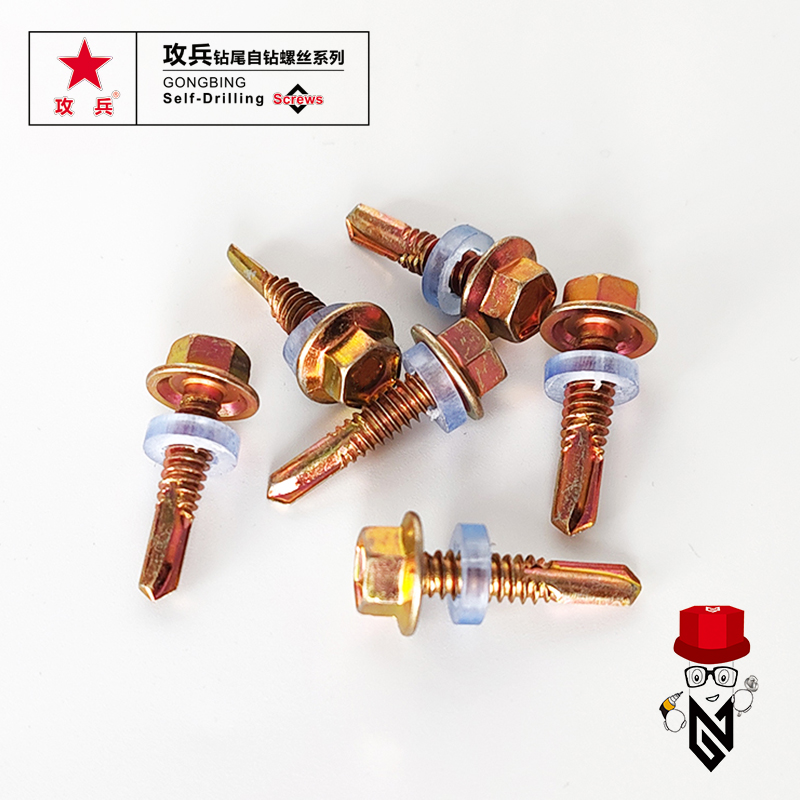Durable Steel Solutions for Effective Roof Bracing Systems in Construction and Structural Integrity
Roof Bracing Steel An Essential Element in Structural Integrity
When it comes to constructing buildings, ensuring the stability and longevity of the structure is paramount. Among the many components that contribute to this integrity, roof bracing steel plays a crucial role. This specialized steel is used to provide support and rigidity to the roof system, helping to withstand various loads and environmental factors.
Understanding Roof Bracing Steel
Roof bracing steel is typically composed of high-strength steel, often in the form of rods, cables, or beams, strategically placed within the roof structure. Its primary purpose is to provide lateral support and prevent the roof from flexing or swaying during adverse conditions, such as strong winds or seismic activity. By distributing weight evenly and preventing deformation, bracing steel helps maintain the correct shape of the roof and contributes to the overall stability of the building.
Types of Roof Bracing Systems
There are several types of roof bracing systems, each suitable for specific design requirements and environmental conditions. Some of the common methods include
1. Cross Bracing This method employs diagonal braces that cross each other, forming an X shape. Cross bracing effectively transfers loads across the structure, enhancing stability.
2. K-Bracing K-bracing systems utilize diagonal members that resemble the letter K. This type of bracing is particularly useful in situations where headroom is limited, as it can provide significant support without consuming excessive space.
roof bracing steel

3. Portal Frames In cases where large, open spaces are needed, portal frames with bracing steel can be used. These frames consist of vertical and horizontal members that provide rigidity without the need for extensive internal support.
Importance of Roof Bracing Steel
The importance of roof bracing steel cannot be overstated. Without proper bracing, roofs may experience excessive sway, leading to structural damage or even failure. Roof bracing helps safeguard against natural forces, including wind, snow, and earthquakes, making buildings safer for occupants. Additionally, the inclusion of roof bracing can help extend the lifespan of a structure, reducing long-term maintenance costs.
Furthermore, the use of high-quality steel in bracing systems ensures that these supports are not only durable but also lightweight, contributing to the overall efficiency of the building. The design of roof bracing systems can be tailored to the specific load requirements based on the building's location, intended use, and architectural style.
Installation and Maintenance
Proper installation of roof bracing steel is critical to its effectiveness. Engineers and contractors must consider factors such as load calculations, materials, and connection techniques to ensure that the bracing system performs as intended. Regular maintenance is also important to assess the condition of the steel and replace any corroded or damaged components. This proactive approach can prevent more significant issues in the future.
Conclusion
In conclusion, roof bracing steel is an essential component of modern construction, providing stability and safety for various types of structures. Its various types and applications allow for flexibility in design, making it suitable for residential, commercial, and industrial buildings alike. As architects and builders continue to innovate and push the boundaries of design, the role of roof bracing steel will remain integral in creating durable and resilient structures that can withstand the challenges posed by nature. By prioritizing the inclusion of effective bracing systems, we can ensure the safety and longevity of our built environments for generations to come.
-
Weatherproof Plastic Expansion Anchors for OutdoorNewsJun.06,2025
-
Sustainability in the Supply Chain: Eco-Friendly TEK Screws ProductionNewsJun.06,2025
-
Load-Bearing Capacity of External Insulation FixingsNewsJun.06,2025
-
Double Head Bolts: Enhancing Efficiency in Industrial MachineryNewsJun.06,2025
-
Corrosion Resistance in Chipboard Screws: Coatings for Wholesale DurabilityNewsJun.06,2025
-
Butterfly Toggle Bolts : Enhancing Structural ResilienceNewsJun.06,2025
